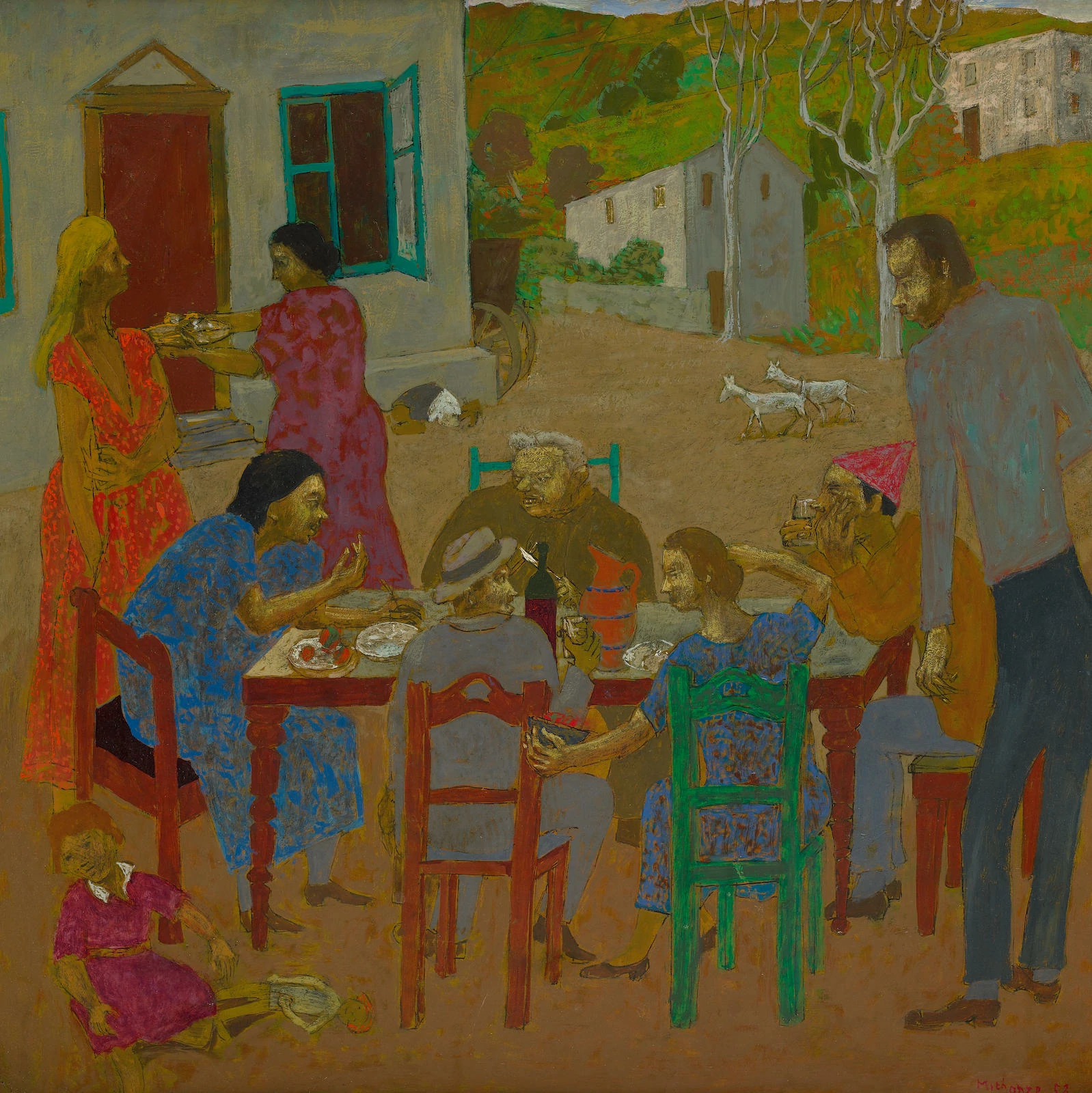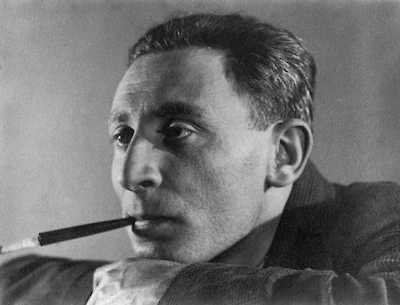Grégoire Michonze
No story. Pure poetry.




Art writer Michèle Kieffer calls Grégoire Michonze “the forgotten artist.” And while many artists might share that title, the life of Grégoire Michonze paints a picture of what is remembered and why in the world of art.
Grégoire Michonze was born at the dawn of the 20th century in the city of Chișinău, the capital of Moldova, in the Bessarabia region. It was a strange time and place to grow up; massive political change rocked the city almost yearly. When Michonze was a child, Chișinău was a part of the Russian Empire, and violently divided between it’s Romanian and Jewish population, leading to anti-Semitic riots. When Michonze was 15 years old, local men were drafted to fight in the Russian Army in WWI, and a year later Bessarabia joined the Kingdom of Romania. Michonze joined the Chișinău Art Academy in 1919, and studied the egg tempera techniques of classical Russian icon painting while Romanian money transformed the city with new railroads and education programs.
In 1922, the twenty-year-old Michonze moved to Paris to study at the École des Beaux-Arts, and landed squarely in the heart of the burgeoning Surrealist movement. First meeting Max Ernst, Michonze was introduced to the whole crew: André Breton, Paul Éluard, Yves Tanguy and André Masson.